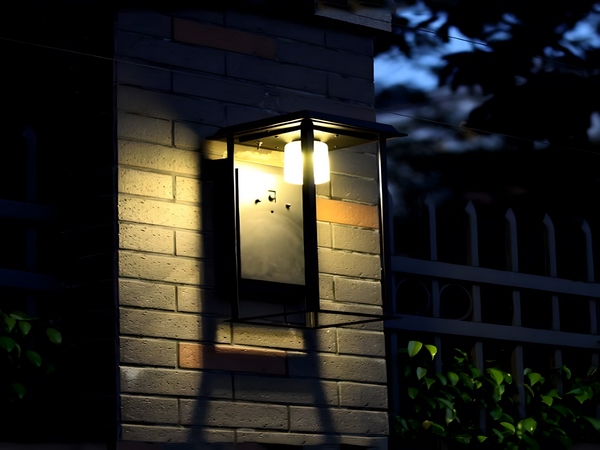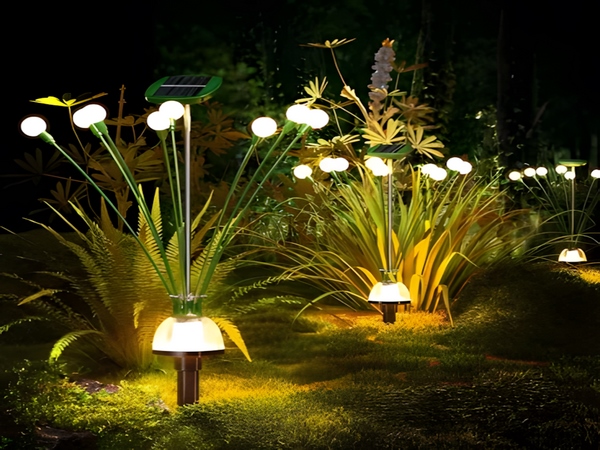
As traditional energy sources become increasingly scarce, the application of solar energy will become more widespread. Particularly, solar street lights in rural areas have developed into a mature sunrise industry in just a few years. However, due to different environments in rural and urban areas, the selection criteria for solar street lights also vary. So, what are the specific differences between installing solar street lights in cities and in rural areas? Below, we will introduce this topic.
1. Differences between installing solar street lights in urban and rural areas
1. Height
According to street light regulations, the conventional height requirement for street lights at both ends of national highways in cities is generally no less than 12 meters, while for secondary roads, the height should not be lower than 10 meters, and in urban streets, the height should not be less than 8 meters. In contrast, for solar street lights beside non-national roads in villages and towns, a height of 6 meters is sufficient, indicating significant differences in height requirements for solar street lights.
2. Density
As the height of the lamp post increases, the required power of the light source also increases. Therefore, for relatively narrow village and town roads, the requirements for the height and density of solar street lights are comparatively lower than those in urban areas. However, lower specifications do not equate to inferior quality; some solar street lights in villages and towns even adhere to the same standards as those in cities.

3. Convenience
Most solar street light manufacturers suggest using 6-meter high solar street lights in rural areas primarily for easier maintenance later on. In contrast, urban solar street lights can be challenging to maintain, requiring more time and effort, especially since maintenance conditions are limited in rural areas. Thus, there are differences in both the selection of street lights and ease of use and maintenance between urban and rural settings.
4. Sunlight exposure
The choice of solar street lights primarily depends on sunlight exposure. Due to the differences in sunlight exposure between rural and urban areas, the configurations of solar street lights vary accordingly. While the apparent reason for differences in configurations might be sunlight exposure, other factors impose constraints as well, such as lamp height, size of the light source, lighting duration, and especially the width of the road. Urban roads are typically wider, and rural roads are narrower, resulting in naturally different configurations. This also explains why solar street lights are more suitable for illuminating rural roads compared to traditional electric street lights.

5. Lighting duration
Due to the developmental and demand differences between cities and rural areas, the lighting duration of solar street lights also differs. Generally, rural areas are inactive at night, while cities are different; many shops operate 24 hours, and there are shifts such as night and early morning. Therefore, the lighting demand is more intense in urban areas, resulting in a longer lighting duration compared to rural areas.
2. Reasons causing differences in installation and usage
1. Influence of usage demand
In rural areas, most people farm and follow a routine of working at sunrise and resting at sunset. Hence, during the night, people generally stay home, leading to a low demand for street light usage since there is little nighttime outdoor activity. In urban areas, however, the workforce consists of individuals in various shifts, including night shifts, with many people still at work during the night; 24-hour convenience stores and restaurants also contribute to increased nighttime light usage. This disparity in demand creates differences in installation and usage.
2. Influence of the usage environment
The usage environment for solar street lights in rural areas differs from that in urban areas. In rural regions, there is generally unobstructed sunlight, allowing for shorter lamp posts. In urban settings, however, due to the presence of tall buildings and obstructions, taller lamp posts are chosen to ensure solar street lights can charge properly. Additionally, urban areas experience heavier traffic and other influencing factors, leading to more frequent faults and damage. Thus, the usage environment significantly impacts the choice and installation of solar street lights.
The differences in installing solar street lights in urban and rural areas have been shared here. In summary, regardless of whether in urban or rural settings, the selection of solar street lights should be based on local conditions; the appropriate choice is the best. However, cost reduction should not come at the expense of the quality of the solar street lights themselves.



